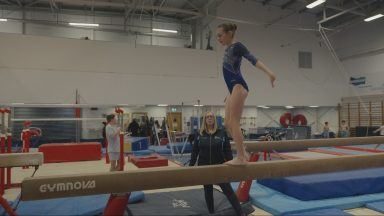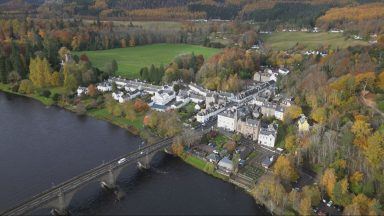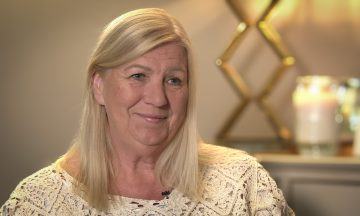A pair of breeding ospreys have laid an egg at a wildlife reserve for the first time this year after a competitive mating process.
Ospreys were driven to extinction in Britain in the early 20th century, however they naturally recolonised Scotland in the 1950s and their numbers have grown steadily since – and latest estimates suggest there are around 300 breeding pairs across the UK.
Most of these birds migrate to West Africa, but some overwinter in Spain and Portugal.
Conservationists at the Loch of the Lowes Wildlife Reserve in Perth and Kinross discovered that an egg had been laid on Sunday by a new breeding pair.
The Scottish Wildlife Trust manages the reserve and said that at least seven different ospreys have been contending for the popular nesting site.
A male and female, now officially known as LM24 and LF25 respectively, have fought off their competitors.
Male LM24 had appeared to show an initial interest with another female, the first bird to arrive this year, known as NC0, who landed on the nest on March 17 and had previously fledged seven chicks in half a decade, with former partner LM12 who died last year.
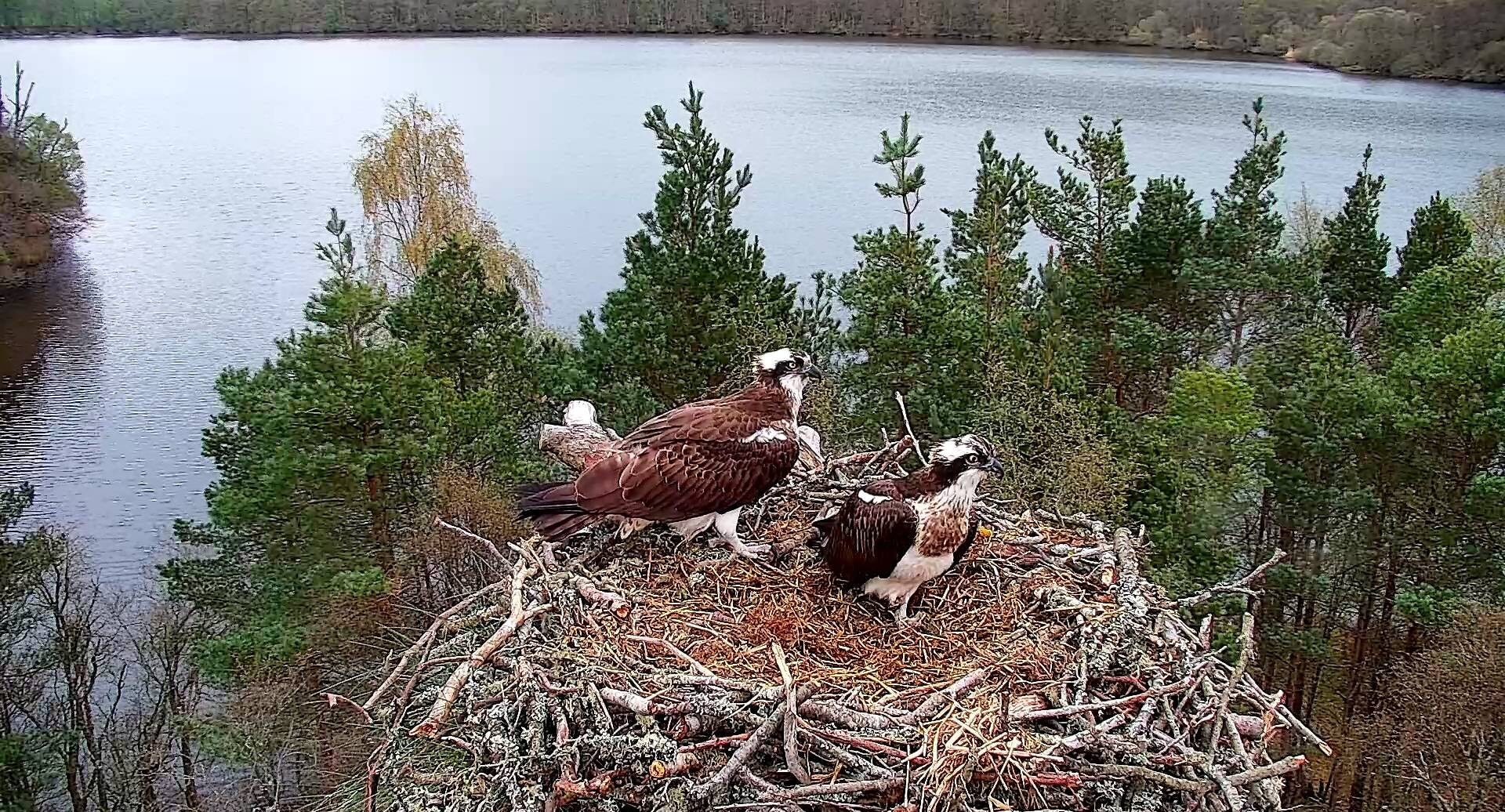 Scottish Wildlife Trust
Scottish Wildlife TrustFollowing his death, NC0 seemed to pair up with LM24 towards the end of the season, but appears to have lost her hold on the territory before he returned this year, according to the Scottish Wildlife Trust.
She departed the nest in early April and has not been seen on the reserve since, however LM24, who was known as the Dark Intruder until he successfully returned this season, arrived the following day and was subject to attention from several females.
After spending a week with an unringed bird, he has since settled onto the nest with LF25, who was previously known as the Dark Female.
Hours before the laying process began, another female intruded into the nest, and after the breeding pair were left alone, LM24 attempted to mate with LF25 despite the laying process, with the egg expected to hatch in five or six weeks.
Sara Rasmussen, Perthshire ranger for the Scottish Wildlife Trust, said: “We never knew what to expect this year, however we suspected there could be a battle for the territory after the tragic loss of LM12 in 2024, and that’s exactly what has happened.
“We’ve seen courtship and breeding attempts between different combinations of birds, but with this exciting development, it seems that LM24 and LF25 are holding the territory.
“We understand there will be some disappointment at NC0 being unseated as the dominant female, but she is still in her prime and has every chance of finding a partner in another territory. For now, we’ve just got our fingers crossed that the new pair at Loch of the Lowes go on to hatch eggs and successfully raise their chicks.
“As exciting as it is to have an egg, we shouldn’t count our chickens – or ospreys – before they’ve hatched. This is especially true this year, as new breeding pairs often need a few seasons to work things out and become experienced parents.
“Whatever happens, we can always guarantee drama with the ospreys. With the intruding female still in the area and the possibility of more eggs to come, there could still be plenty of twists and turns in the story.”
Last year, NC0 laid three eggs, but they were destroyed by another male bird around three weeks into the incubation process.
The Trust’s Wildlife Protection Team will carefully watch over the nest in the coming weeks to give the ospreys the best chance of success.
Follow STV News on WhatsApp
Scan the QR code on your mobile device for all the latest news from around the country


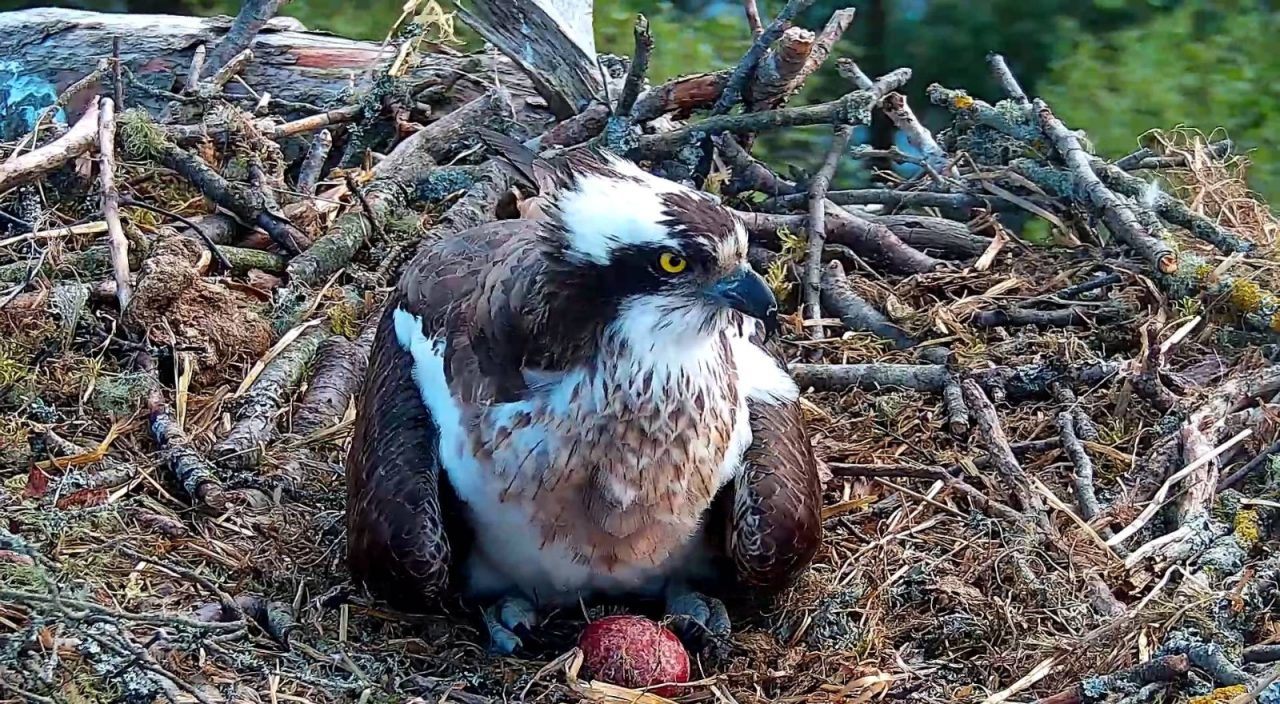 Scottish Wildlife Trust
Scottish Wildlife Trust



